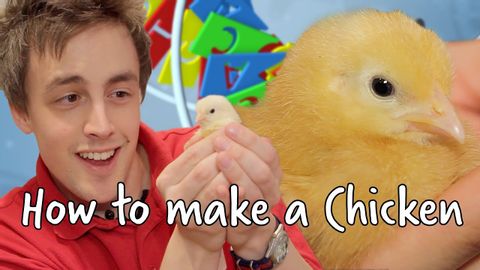
字幕と単語
鶏肉の作り方|アットブリストル科学センター (How To Make A Chicken | At-Bristol Science Centre)
00
Vicky が 2021 年 01 月 14 日 に投稿保存
動画の中の単語
crack
US /kræk/
・
UK /kræk/
- n. (c./u.)目標を達成しようとすること;身体への不意打ち;何かについての冗談、または無礼なコメント;短くて予想外の大きな音;二つの物や部分の間の小さな隙間
- v.t./i.目標を目指す;ヒビを入れる:割る;冗談を言う;謎を解く;パリっとする音を出す;精神的に参ってしまう;ヒビが入る
B1 中級
もっと見る エネルギーを使用
すべての単語を解除
発音・解説・フィルター機能を解除
